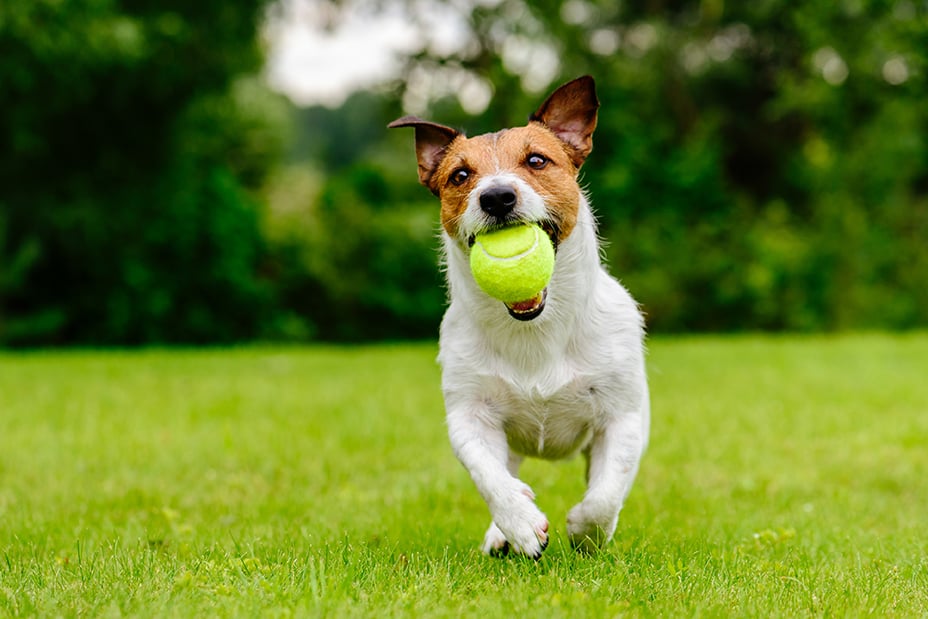When was the last time you truly played with your dog—and both of you genuinely enjoyed it? We don’t ask this enough. Like any strong relationship, shared joy, play, and meaningful interaction are essential to building a lasting bond.
Dogs express themselves through different kinds of play—fetch, tug, chase, wrestling, even mock hunting. But not all dogs enjoy the same type of play, and this is where the connection can break down. Many people assume fetch is the go-to game and spend time training their dog to retrieve and release a ball. But here’s the question: Does your dog actually enjoy fetch, or are you projecting your own preference onto them?
Let Your Dog Choose How to Play
Giving your dog choices during play allows them to communicate their true preferences. Maybe they’ll chase the ball once, then switch to wanting you to chase them. Or perhaps they’d rather stalk birds with you than play with a toy.
Try out different activities and observe how your dog responds. You may find they prefer playing with other dogs—but still want you nearby. Your presence matters, even if you’re not the one holding the toy.
Indoor Play Matters Too
Play doesn’t have to happen outside. While indoor and outdoor games can overlap, setting expectations for each space can keep things engaging and stress-free.
Some fun indoor games include:
- Hide and Seek: Hide yourself or treats and let your dog find you.
- Treat Hunts: Hide food around the house or stuff it inside a soft toy to mimic hunting.
- Tug-of-War: A natural, confidence-building game that also teaches impulse control.
Tug-of-war is especially valuable. It’s engaging, empowering, and helps teach your dog to listen during high-arousal moments. Just be sure to teach a solid “drop” command—and don’t be afraid to let your dog win. A lot.
Outdoor Play: Use the World Around You
Playing outside opens up even more opportunities to interact and have fun with your dog. The natural environment becomes part of the game, adding variety and excitement.
Try games like:
- Chase and Retrieve
- Keep Away: Take turns holding a toy and encouraging playful pursuit
- Doggy Soccer: Use a soft ball your dog can safely nudge or chase
- Bubble Chasing: Blow dog-safe bubbles for your pup to pop and catch
Whatever you play, be sure to include a clear end cue, like “all done,” so your dog knows the interaction has ended. This helps prevent confusion and builds trust—your dog won’t be left wondering why the fun suddenly stopped.
In the End, Play is Connection
The key to meaningful play is listening to your dog. What makes them light up? What keeps them coming back for more? When you tune into their preferences, you build not just a more playful relationship—but a stronger, more trusting one.
